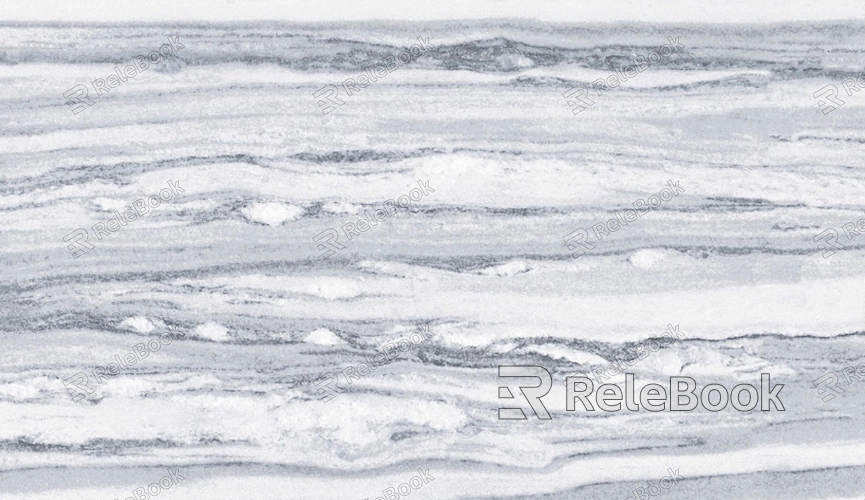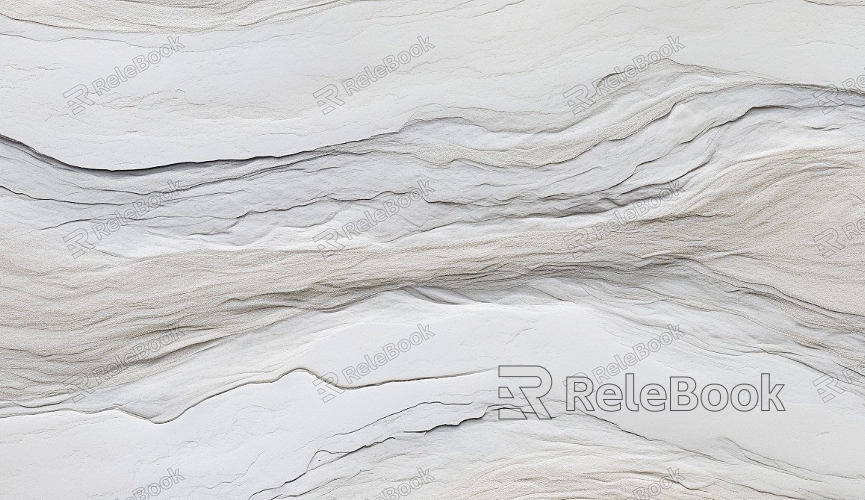How to Identify Different Texture Maps?

Diffuse Maps
Diffuse maps, also known as color or albedo maps, are fundamental in defining a model’s base color. They provide the basic color information without incorporating any lighting or shading effects. To identify a diffuse map, look for an image that displays the unaltered colors and patterns of the model. For instance, a diffuse map for a character would show the character’s skin tone, clothing patterns, and other surface details without any shadows or highlights. This texture is essential for setting the model's base appearance.
Normal Maps
Normal maps are used to add intricate surface details and textures without increasing the model’s polygon count. They create the illusion of bumps, wrinkles, and other surface imperfections by altering how light interacts with the model. To recognize a normal map, look for an image with a mostly blueish tint, often with colorful, intricate patterns. Unlike diffuse maps, normal maps contain detailed texture information that influences how light reflects off the surface, making the model appear more complex.
Bump Maps
Bump maps are another type of texture used to simulate surface detail. Unlike normal maps, bump maps use grayscale images to indicate surface elevations and depressions. The lighter areas of a bump map appear raised, while darker areas seem recessed. To identify a bump map, look for a grayscale image where the contrast represents the height variations on the model’s surface. This texture helps to add depth and detail without altering the model’s actual geometry.

Displacement Maps
Displacement maps take the concept of bump maps further by actually modifying the geometry of a model. They use grayscale images to push or pull vertices in the 3D model, creating real changes in its surface. To identify a displacement map, look for a grayscale image that shows detailed variations in height and depth. When applied, this map will physically alter the model’s surface, providing a higher level of detail compared to bump or normal maps.
Specular Maps
Specular maps control how shiny or reflective a surface appears. They define the intensity and color of reflections on the model. Typically, specular maps are grayscale or color images where brighter areas represent more reflective surfaces. To identify a specular map, look for images that determine the highlight intensity and reflectivity of different parts of the model. This texture helps simulate materials like metal or glossy plastic.
Ambient Occlusion Maps
Ambient occlusion (AO) maps enhance the model’s depth and realism by simulating how ambient light interacts with the model’s surface. They create shadows in crevices and corners where light would be less likely to reach. To recognize an AO map, look for a grayscale image with darker areas where shadows would naturally occur. Applying an AO map adds subtle shading effects that make the model look more realistic and grounded.
Roughness Maps
Roughness maps define how rough or smooth a surface appears by controlling the dispersion of light across it. These maps influence how light is scattered on the surface, affecting its perceived texture. To identify a roughness map, look for a grayscale image where lighter areas represent rougher surfaces and darker areas represent smoother surfaces. This texture helps in simulating various materials, such as matte or glossy finishes.
Transparency Maps
Transparency maps, also known as opacity maps, control the transparency of different parts of a model. They use grayscale images where white areas are fully opaque and black areas are fully transparent. To identify a transparency map, look for an image that determines which parts of the model are visible and which are not. This texture is crucial for creating materials like glass or water where visibility needs to be controlled.
FAQ
How can I tell if a texture map is a normal map or a bump map?
Normal maps usually have a blueish tint with complex patterns, while bump maps are grayscale images with varying levels of contrast to indicate surface height variations.
Can I use a bump map and a normal map together?
Yes, using both a bump map and a normal map can enhance the detail and depth of a surface. The bump map adds finer details, while the normal map can provide additional surface complexity.
What is the main difference between a displacement map and a bump map?
A displacement map alters the actual geometry of a model, creating physical changes in the surface, while a bump map simulates surface detail without modifying the geometry.
How do I create an effective specular map?
To create a specular map, paint areas of the model that should be more reflective with lighter colors and areas that should be less reflective with darker colors. This will control the highlight and reflection intensity of your model.
Where can I find high-quality texture maps for my projects?
You can download high-quality 3D models and textures from the Relebook website, which offers a wide range of resources for various design needs.

